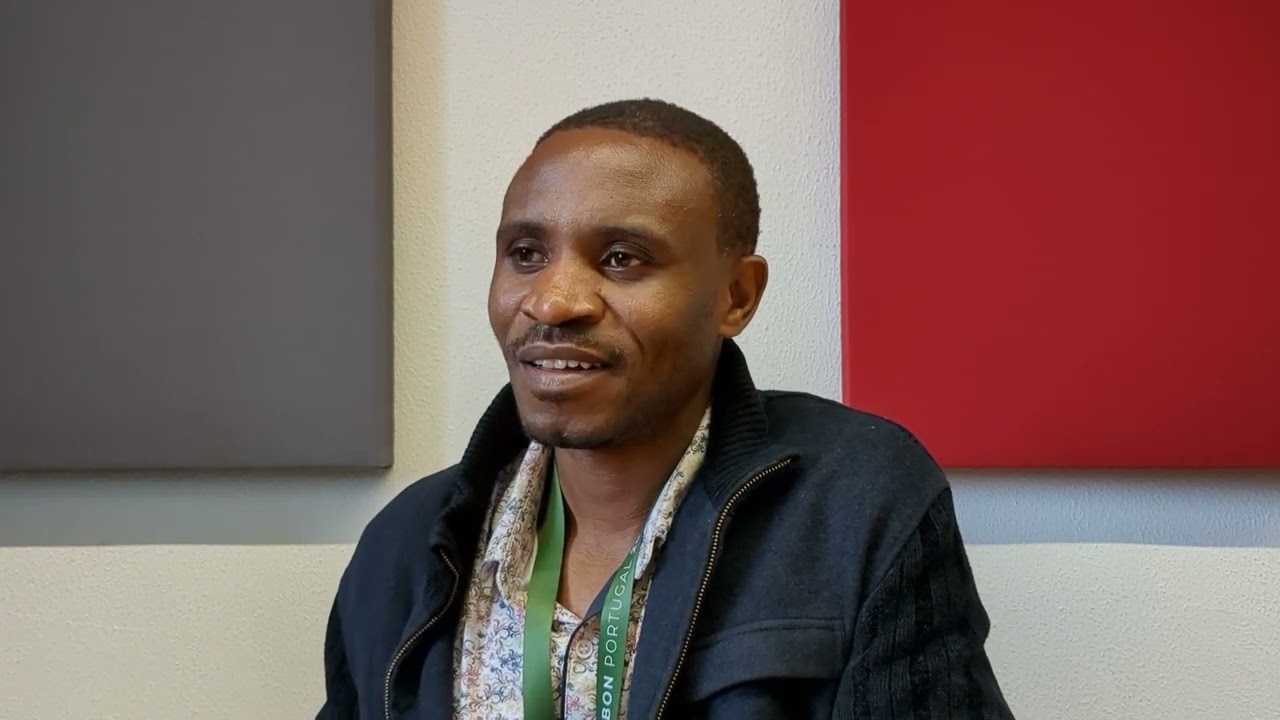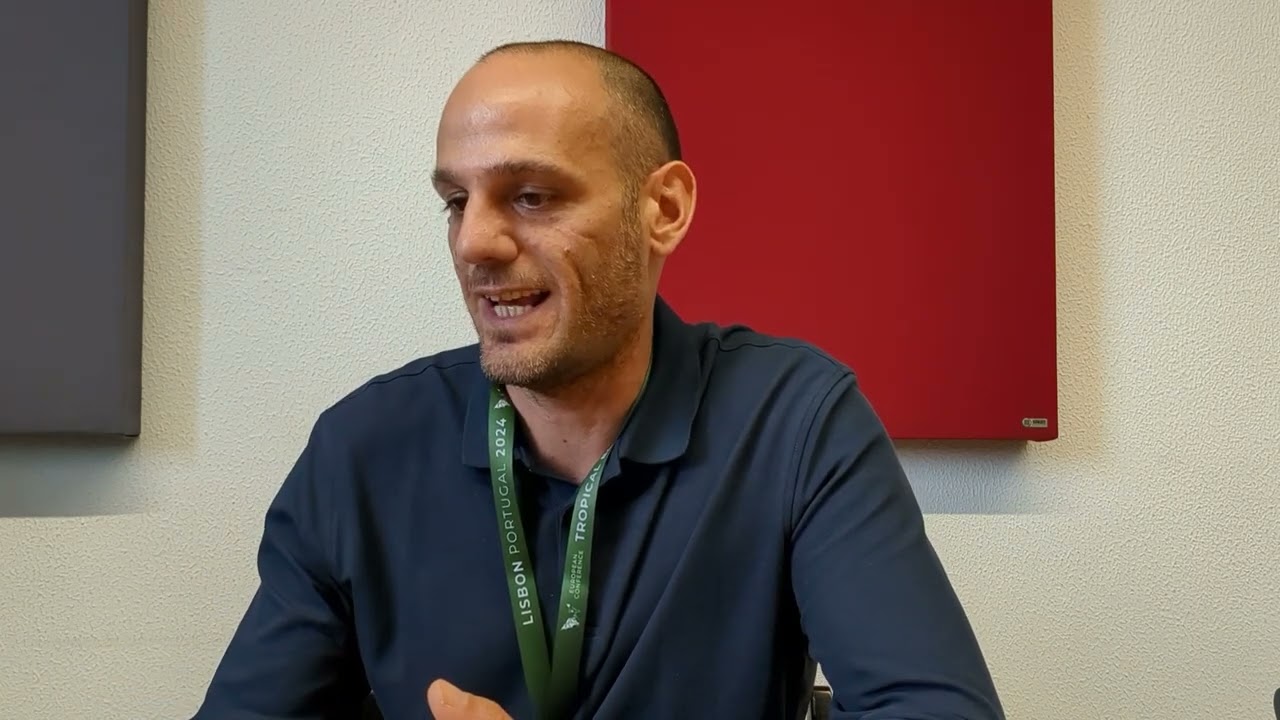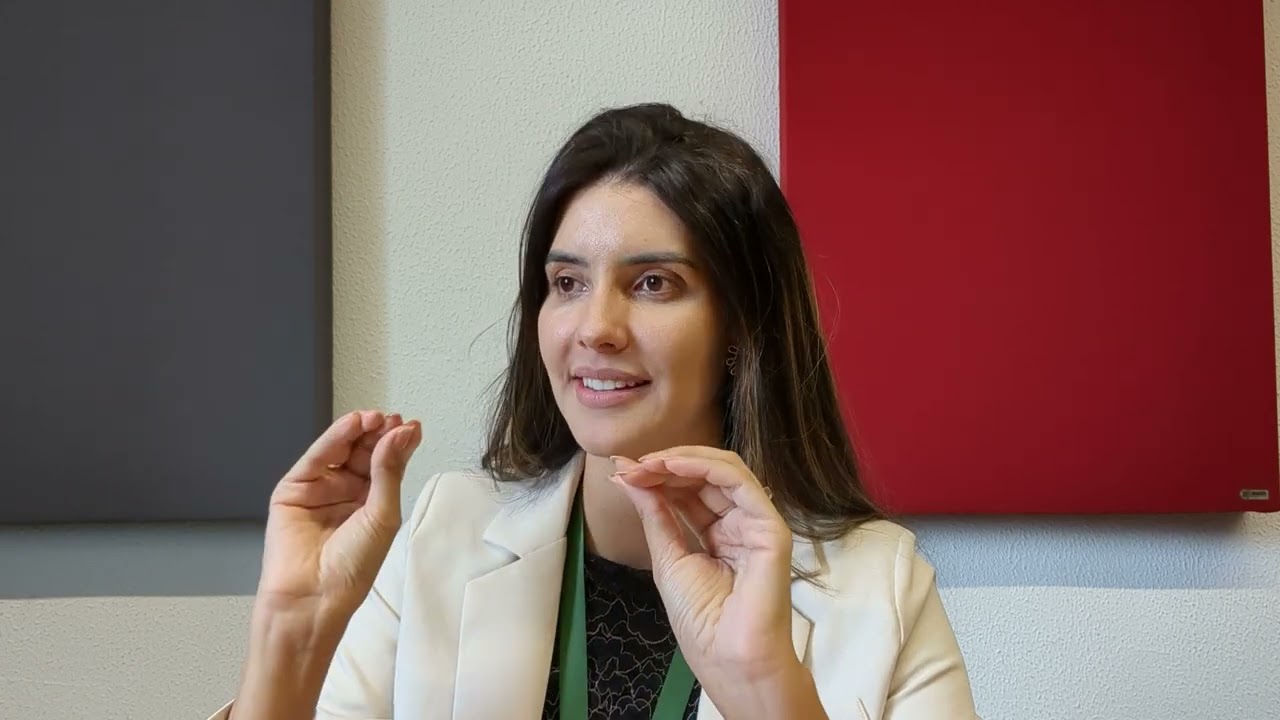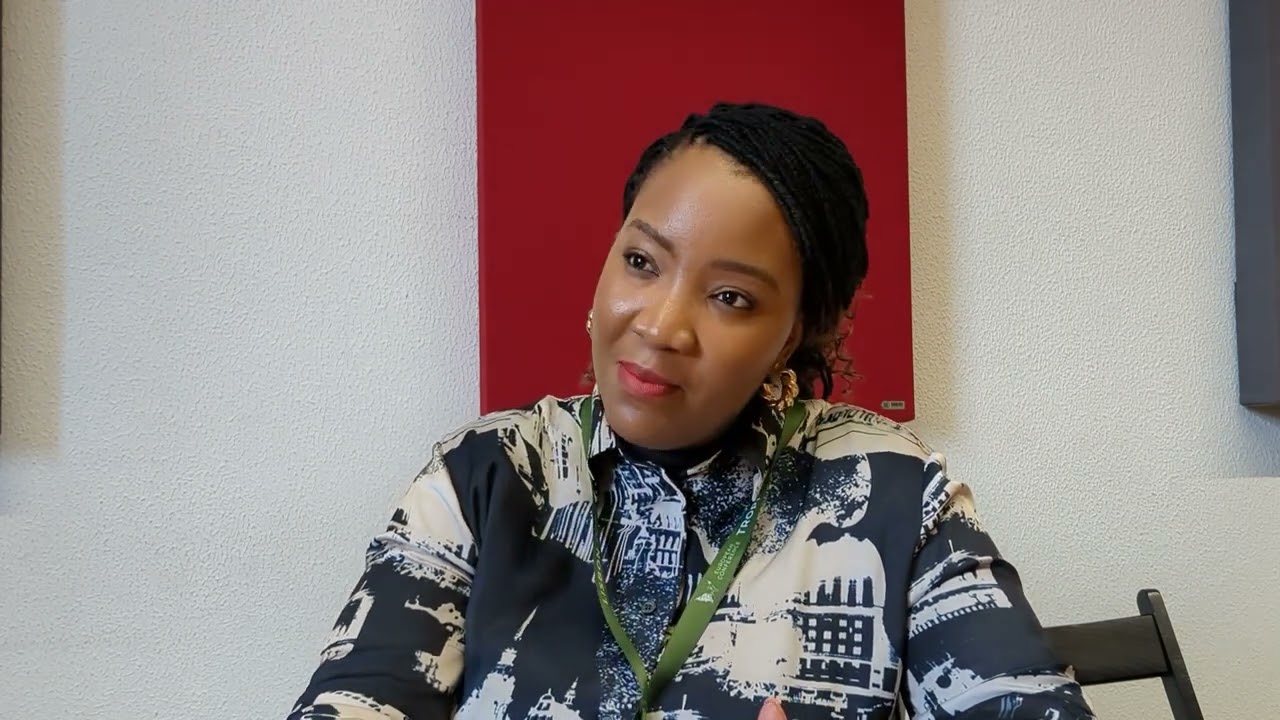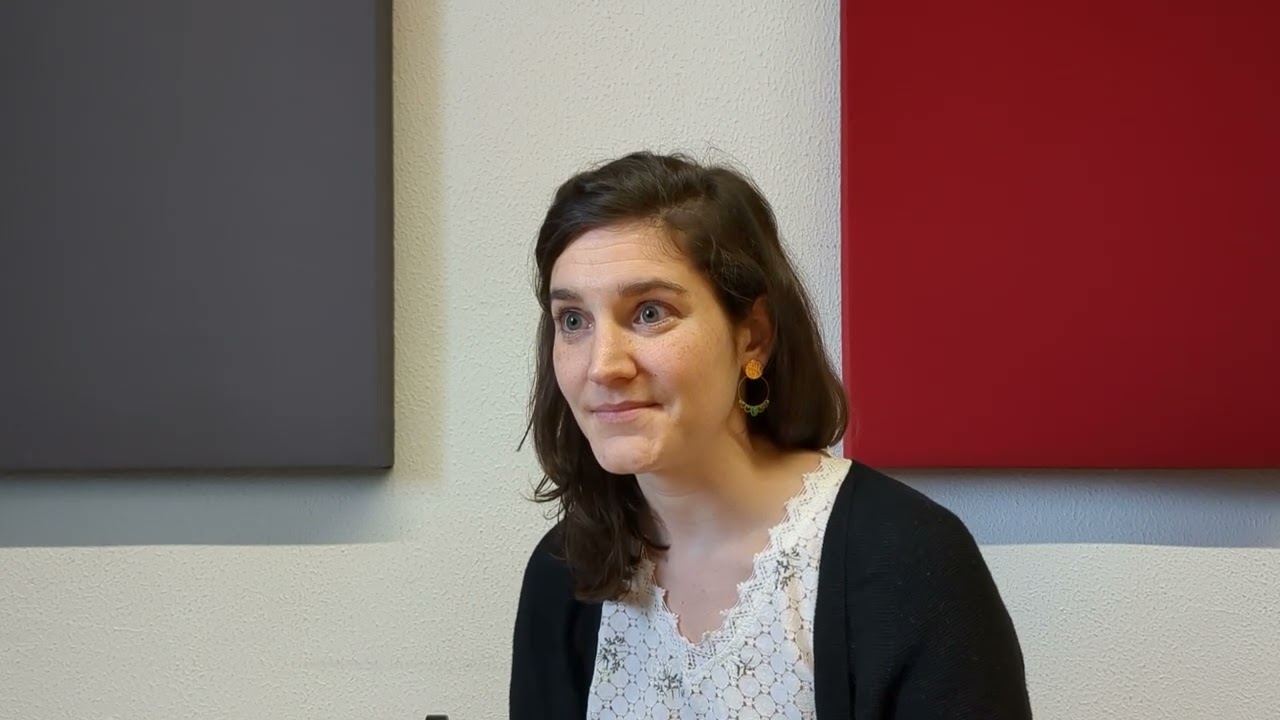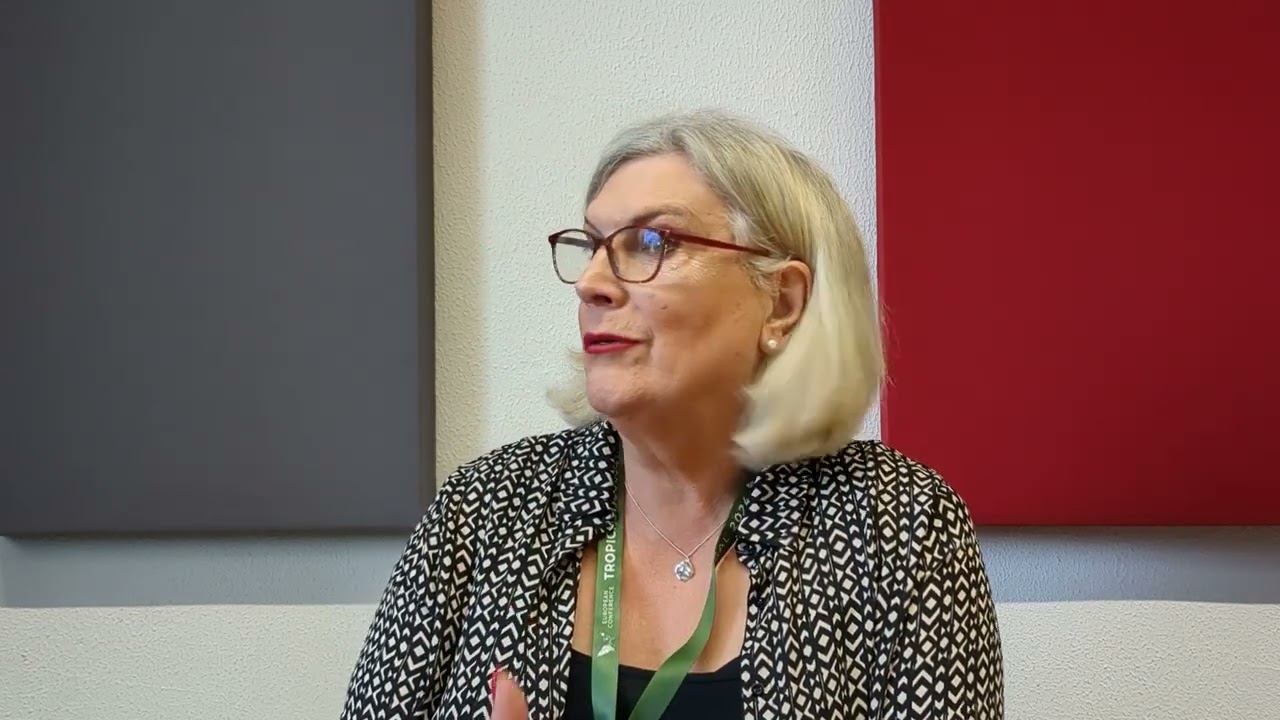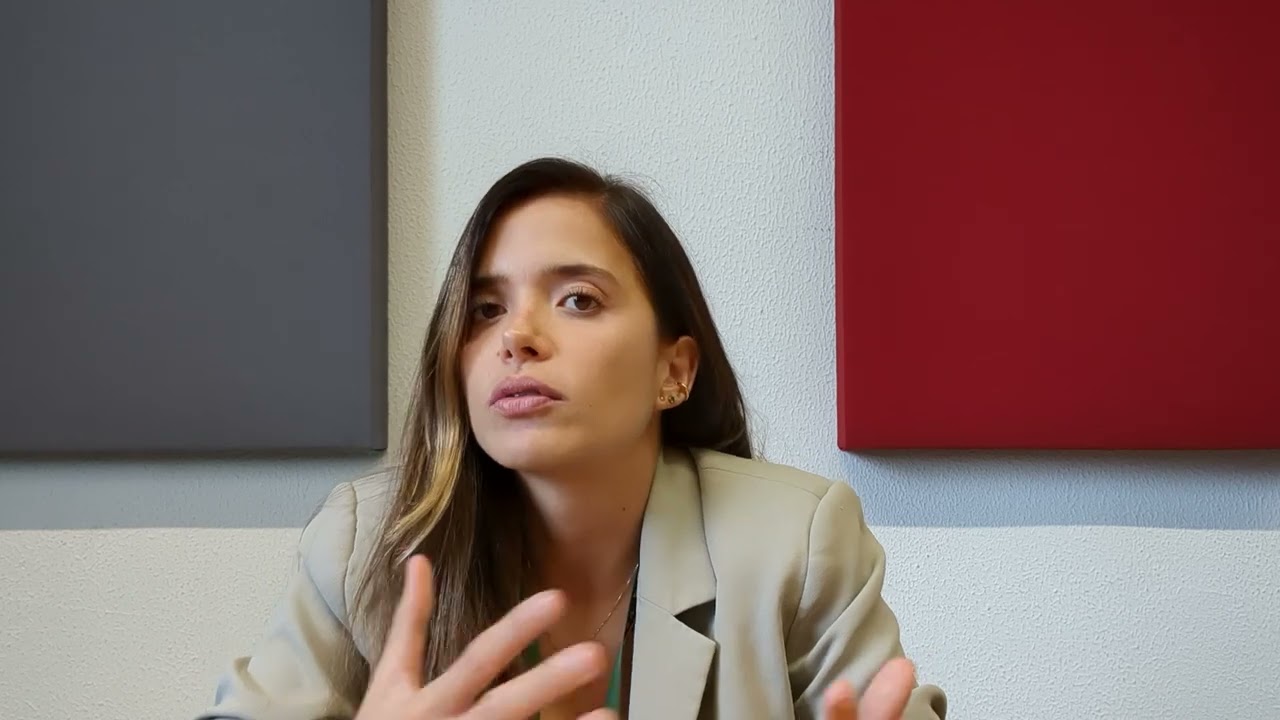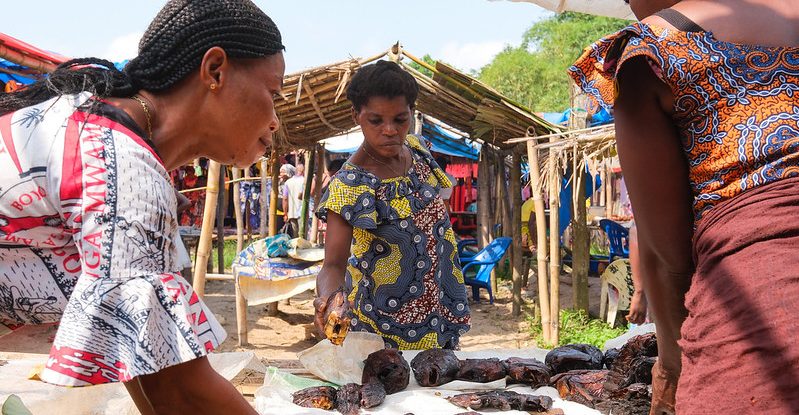
Around the world, millions of rural and forest dwellers rely on the meat of undomesticated terrestrial animals for their nutrition and livelihoods. But population growth, the rise of wild meat as a delicacy among booming urban populations, and the expansion of roads into hitherto intact ecosystems are threatening both wildlife and communities.
An estimated 11 million tons of wild meat is harvested each year in the world’s rainforests alone, fueling the national and international trade in wildlife, and increasing the risk of zoonotic diseases for global populations.
On the occasion of World Wildlife Day, we spoke with Julia Fa, senior research associate at the Center for International Forestry Research and World Agroforestry (CIFOR-ICRAF), and experts from Africa and Latin America about the importance of sustainable wildlife management, approaches to reconcile wildlife conservation and wild meat consumption, and what it will take to advance towards a more sustainable future.
Q: Why is it urgent and important to promote sustainable wildlife management?
A: For starters, it is fundamental from a health and environmental perspective, since sustainable wildlife management can increase the risk of diseases jumping from animals to humans, as seen with Ebola, SARS, and COVID-19. In addition, wildlife contributes to processes such as pollination, seed dispersal, and nutrient cycling, which are essential for ecosystem health. By promoting sustainable wildlife management practices, we can help preserve ecosystems and the services they provide.
Q: And why does wildlife matter from a food security and livelihood perspective?
A: Many communities rely on wild meat as a crucial source of food. Sustainable wildlife management ensures that wildlife populations are maintained at healthy levels, providing a reliable food source for current and future generations. Also, many communities in rural areas depend on wildlife-related activities such as ecotourism, hunting, and traditional medicine for their livelihoods, all of which call for vibrant wildlife populations and habitats. Sustainable wildlife management ensures that these resources benefit both people and animals, supporting local economies and preserving cultural traditions along the way.
Q: Tropical forest countries are experiencing rapid urbanization and population growth. To what extent should wildlife management strategies focus on urban versus rural communities?
A: Wildlife management strategies should address the needs of both urban and rural communities. Urban areas may face challenges such as human-wildlife conflicts, illegal wildlife trade, and demand for wildlife products. Rural communities may rely more directly on wildlife for food, income, and cultural practices. Therefore, a comprehensive approach that considers the unique circumstances of both urban and rural settings is essential.
Q: And what role can traditional knowledge and natural resource governance systems play to advance sustainable wildlife management?
A: Practices like traditional hunting techniques, seasonal resource use patterns, and indigenous conservation strategies can provide a valuable basis for sustainable resource management. Incorporating traditional knowledge into wildlife management can enhance their effectiveness, while promoting community engagement and ownership. Likewise, strengthening local governance structures can empower communities to manage their wildlife resources sustainably.
Q: How is CIFOR-ICRAF supporting communities, governments and law-makers in ensuring sustainable wild meat consumption and trade?
A: CIFOR-ICRAF supports sustainable wild meat consumption and trade through research, capacity building, policy advocacy, and community empowerment. We conduct research to understand the impacts of wild meat consumption and trade, offer training and assistance for sustainable management, advocate for policy integration, and work with local communities, for example, to develop alternative livelihoods.
Q: Who needs to do what to advance sustainable wildlife management globally?
A: We need integrated, long-term efforts for better food security and biodiversity conservation outcomes. It is essential that governments prioritize the sustainable management of wildlife and mobilize the necessary capacities and resources to replicate, or bring to scale, evidence-based management plans. In parallel, funders must provide long-term support, acknowledging the issue can not be tackled with three-year projects. And, as we have seen with rural communities in countries like Cameroon, an integrated approach to diversifying food sources is also important: instead of focusing only on alternative sources of protein, we should aim for a mix of non-timber forest products, including the meat of fast-reproducing species like porcupines, and sustainable crop farming.
Q: Why are you interested in sustainable wildlife management?
A: All my life I have wanted to do something more than carrying out science, collecting data and publishing papers. The issue of wild meat is close to my heart because it underpins challenges like the loss of biodiversity and poverty reduction, especially among Indigenous and local communities, and provides an opportunity to impact both conservation and development outcomes.
Q: How optimistic are you about the future of wildlife and wild meat management?
A: The future of wildlife and wild meat management depends on the commitment of governments, stakeholders, and communities to adopt sustainable practices, enforce regulations, and address the underlying drivers of unsustainable consumption and trade. Although there are significant threats facing wildlife, such as habitat loss, poaching, and climate change, there are also opportunities for positive change through conservation efforts, policy interventions, and community engagement. By making concerted efforts, we can jointly improve the management of wildlife and wild meat resources, and ensure their sustainable use for future generations.
We want you to share Forests News content, which is licensed under Creative Commons Attribution-NonCommercial-ShareAlike 4.0 International (CC BY-NC-SA 4.0). This means you are free to redistribute our material for non-commercial purposes. All we ask is that you give Forests News appropriate credit and link to the original Forests News content, indicate if changes were made, and distribute your contributions under the same Creative Commons license. You must notify Forests News if you repost, reprint or reuse our materials by contacting forestsnews@cifor-icraf.org.
